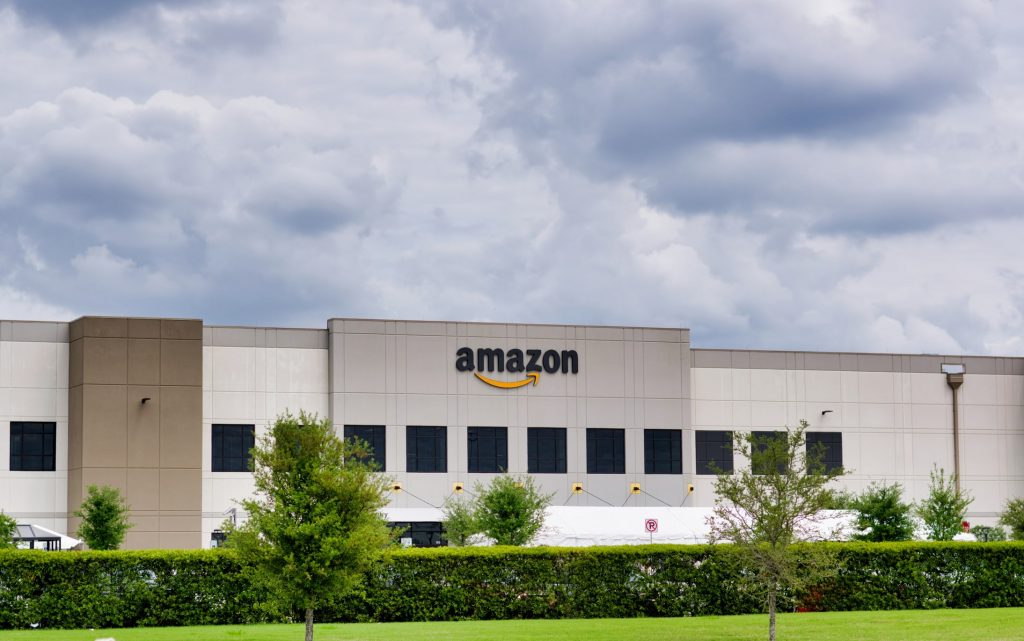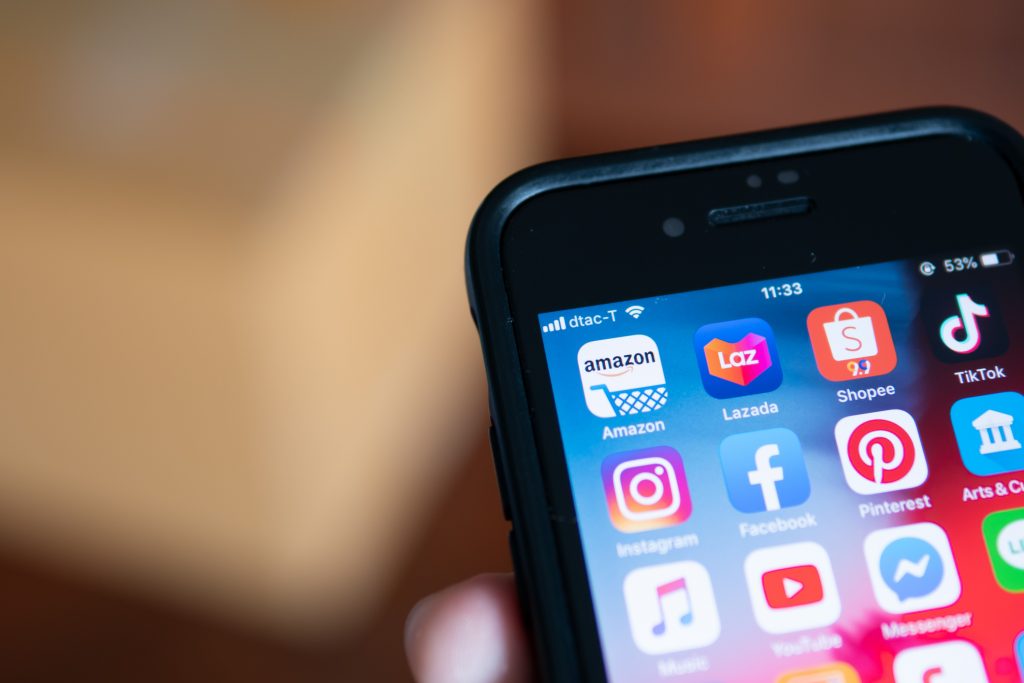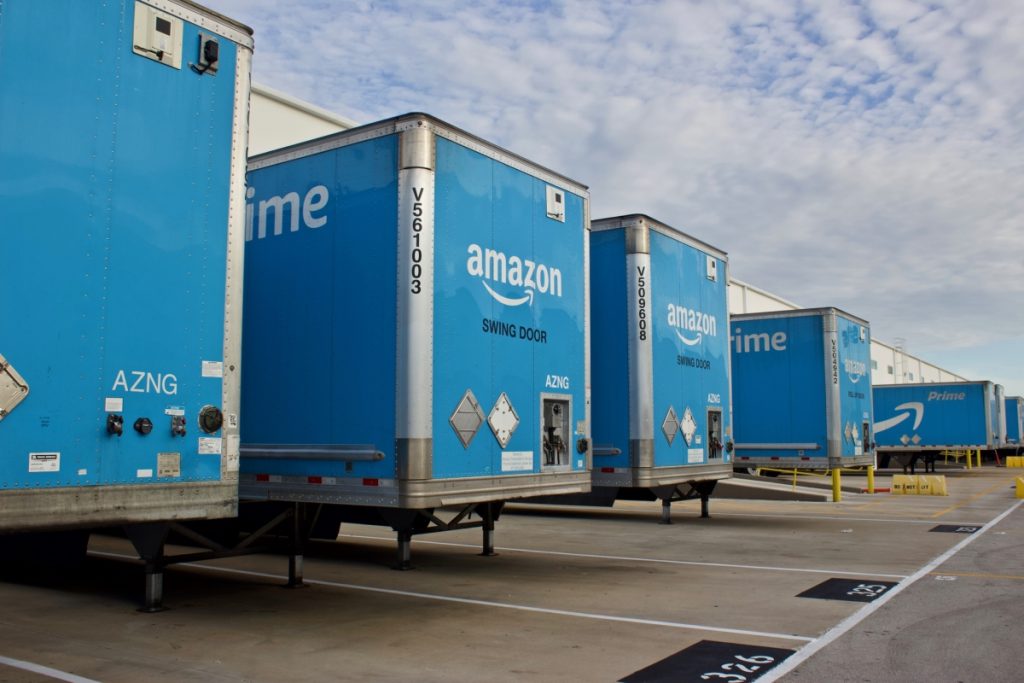
eCommerce has been around for a long time. And it’s huge.
But while we have seen one big player dominate the market in territories as diverse as the U.K., the E.U., the United States, Australia and New Zealand; this is not the case in Southeast Asia.
Which leads to an interesting question…why is that? Why is Southeast Asia seemingly immune to Amazon’s charms? Why hasn’t the Amazon model been successful in SEA?
As we’ll discover, it certainly isn’t from a lack of potential customers and revenue. In this article, we’ll take a look into how eCommerce is different in SEA, the players involved and potential reasons for Amazon’s relative lack of success in the region (so far).

The potential (and reality) of SEA
The digital economy of Southeast Asia has exploded recently. Google and Temasek’s recent study has some astonishing numbers.
The six largest SEA economies (Thailand, Vietnam, Malaysia, Philippines, Singapore and Indonesia) have a combined population of around 580 million people. 400 million of those people are online, and 40 million of them came online in 2020. So 70% of the population is online and it’s increasing year on year.
This is a huge and advanced market. With potential for future growth.
SEA’s digital economy, at the end of 2020 is worth an estimated $100 billion and is projected to grow to $300 billion by 2025.
With the pandemic still in full effect in SEA, growth in the digital payments space is also almost a certainty. E-wallets are estimated (according to Google) to make up 6% of gross transaction value in SEA in 2025.
For eCommerce players, COVID 19 has really accelerated growth. Many users tried digital services for the first time during the pandemic. And the education, shopping and lending sectors benefited most from this huge influx of new consumers.
So it’s clear that SEA is not only an advanced digital economy now, there is still room for growth. It could be even bigger than the numbers Google has highlighted. SEA has a very strong social commerce sector, where transactions take place on social platforms like LINE and Facebook messenger.

The key players
Shopee is the top online marketplace player in Southeast Asia. According to webretailer.com they received an estimated 198 million visits per month. Lazada is the next biggest player on the scene with an estimated 161 million visits per month.
But there is a lot of regional variation at play. The vast majority of Shopee’s traffic comes from Indonesia (the largest economy in SEA) but for Lazada, Thailand and the Philippines provide far more traffic.
Tokopedia and Bukalapak also receive over 100 million visits, but they are both almost exclusively Indonesian marketplaces.
There is no one SEA marketplace to “rule them all” as such. Rather a few very powerful regional players vying for supremacy. Shopee, owned by a company called Sea, are probably the most “Amazon-like”. Backed by Chinese giant Tencent, Sea also provides digital payments and financial services to its customers. They also have an online gaming division, powered by their mega-hit “Free Fire” mobile game. Free Fire on it’s own has over 80 million daily active users.
But what makes eCommerce fundamentally different in SEA?

Key differences in the SEA market
eCommerce sites in “western” territories present a very different shopping experience than eCommerce sites in SEA.
It is important to note that just because the eCommerce market has been around longer in countries like the USA and the U.K. it does not mean that their methods of “doing” eCommerce are better. SEA is different. It is a rich environment with a diverse set of languages and cultures.
Users in SEA tend to spend longer on their chosen marketplaces and eCommerce sites and the biggest players also include a social dynamic to their sites.
For example, in Thailand’s premium shopping malls it is not uncommon to see livestreams from shops where users can buy goods being showcased on the stream. Amazon’s model, for example, is totally different. It is focused on giving the user what they want, very quickly, and then upselling them with focused recommendations. This tends to be the case for most eCommerce sites in the “west”.
James Chang, CEO of Lazada Singapore has said “”Our strategy is ‘shoppertainment”. He later highlights the quite clear difference in philosophies with Lazada wanting “to make it [shopping] more enjoyable and allow customers to spend more time” on its site and app. James Chang also added “I would say there’s a difference in terms of the philosophy of shopping”.
So if an eCommerce site is to truly succeed in SEA, it seems that social should be a key part of the overall purchase journey. Which could be why Amazon has not done well in SEA.
But Amazon has almost endless reserves of cash. They own Twitch, a social streaming platform that’s focused on games but with users all over the world. So, where are they? Why aren’t they more active in SEA?

Where’s Jeff Bezos?
Amazon is all over the world. It’s popular in Australia and New Zealand. So why haven’t they cracked SEA?
There are a number of reasons. And we should add the word “yet” to that question.
Amazon has been around since the 90’s. When they, believe it or not, just sold books.
By contrast, Amazon didn’t get started in SEA until 2017. Amazon is a very new player in SEA and they have struggled to gain momentum.
But they have also missed out on a fair number of opportunities.
Amazon missed the chance to invest in Gojek, the fast growing ride-hailing startup that have branched out into food delivery and payments. This could have given Amazon a foothold in SEA, instead Facebook and PayPal jumped in first.
A combination of missed opportunities and cultural differences means that Amazon has struggled to implement their business model in SEA.
But Amazon has tools in it’s arsenal that could help them to gain momentum in SEA. If they could marry Twitch to their shopping experience, they may be able to compete more effectively with the likes of Shopee. However, the more likely outcome is that they may just decide to go shopping themselves and make some key acquisitions…

How MAQE can help
MAQE helps lots of different companies. We’re international; so if you’re a company who wants to tap into a new eCommerce market, we can help. But we’ve been working with SEA eCommerce companies for many years. So if you are an SEA based commerce business that needs help creating a more personalized and social shopping experience, we would love to work with you. Get in touch with us via [email protected].
